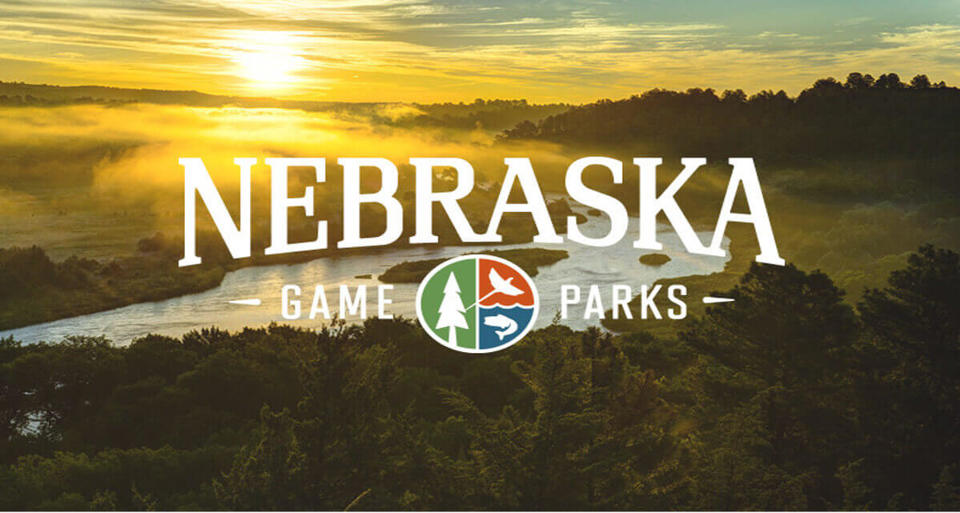Game and Parks after 2 incidents: Use caution on ice

Nebraska Game and Parks reminds people to use caution and test the ice when going onto frozen lakes or ponds after conservation officers responded to two incidents on Jan. 11 in western Nebraska.
No injuries or fatalities were reported in either incident, one at Lake Maloney State Recreation Area and one at Cottonwood-Steverson Wildlife Management Area, where all-terrain vehicles broke through the ice.
At Lake Maloney in Lincoln County, four people who had been ice fishing were riding the ATV at about 7 p.m. when it broke through the ice. Game and Parks Officers and Lincoln County Sheriff’s Office responded to the scene.
Other anglers initially assisted the four, who declined medical treatment from law enforcement.
No citations were issued, and Game and Parks will work with Nebraska Public Power District to remove the ATV from the lake.
At Cottonwood-Steverson in Cherry County, an all-terrain vehicle broke through the ice on Saturday; the incident was reported Sunday to Nebraska Game and Parks. The ATV remains in the lake.
Safety guidelines
People going onto lakes for winter recreation are reminded of the following clear-ice thickness guidelines, according to state fish, wildlife and parks agencies:
- Under 4 inches: Stay off the ice
- 4 inches: Can support ice fishing or other activities on foot
- 5-7 inches: Can support a snowmobile or small ATV
- 7-8 inches: Can support side-by-side ATV
People should use an ice chisel or spud bar to strike the ice and evaluate conditions as they venture out.
Remember as winter progresses, ice changes. Cloudy ice of frozen slush is about half as strong as clear lake ice, so people should double the minimum thickness when encountering such conditions.
Ice near shore may be weakened by heat from the ground, or thinner because of rising water levels. If temperatures are below freezing, but warm during the day, go early and leave before ice melts near the shore.
Be especially careful on any ice that has moving water below it. Water movement hinders freezing causing hard-to-detect thin spots.
Materials embedded in ice, such as weeds or logs, also weaken ice. Large objects on the ice, such as duck blinds or ice shacks, can absorb the sun’s heat and melt ice.
If venturing out, tell someone your plan, bring a long throw rope and ice picks, and pack extra dry clothes.
Visit OutdoorNebraska.gov for other ice safety tips for anglers and ATV riders.
